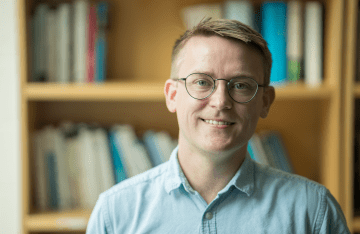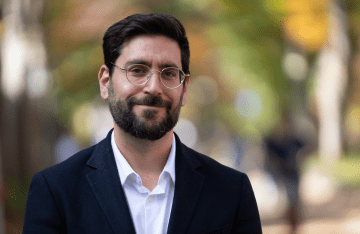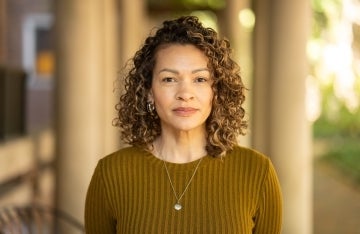Intervening in Gang Violence
Columbia's interdisciplinary research team is using language processing and qualitative analysis of social media posts to develop a mechanism to identify and intervene in gang violence.
Gang violence is a national phenomenon. Chicago has a harrowing lead, with 4,368 shooting victims in 2016 alone—representing a 58% increase in homicides from the previous year. In a groundbreaking study, social work researchers and data scientists at Columbia are collaborating coding social media to prevent, diffuse, and intervene in gang violence. The project, headed by Desmond Upton Patton, an Assistant Professor at the School of Social Work, and Kathleen McKeown, Henry and Gertrude Rothschild Professor of Computer Science in SEAS and Director of the Data Science Institute, is designed to prevent gang violence in Chicago while also developing a predictive computational model replicable for other cities.
In today’s digital age, there is no shortage of social material. The number of teens who have access to mobile phones is 88%, with 73% of those youth using smartphones. Additionally, 92% of teens are online daily and 83% of 13-17-year-olds use one or more social networking sites. Using data science for social good can help us make predictions used by community outreach to prevent, diffuse, and intervene in gang violence.
Columbia’s interdisciplinary research team is making incredible progress. They have developed a Digital Urban Violence Analysis Approach (DUVAA) to form a social media qualitative analysis process. Pairing this approach with natural language processing to track social aggression (insults, threats, bragging, hypervigilance, and challenges with authority), grief and loss (distress, sadness, loneliness, and death), and other important areas (general conversations between users, and tweets that represent happiness) will allow them to develop a computational system that can auto-interpret future results.



